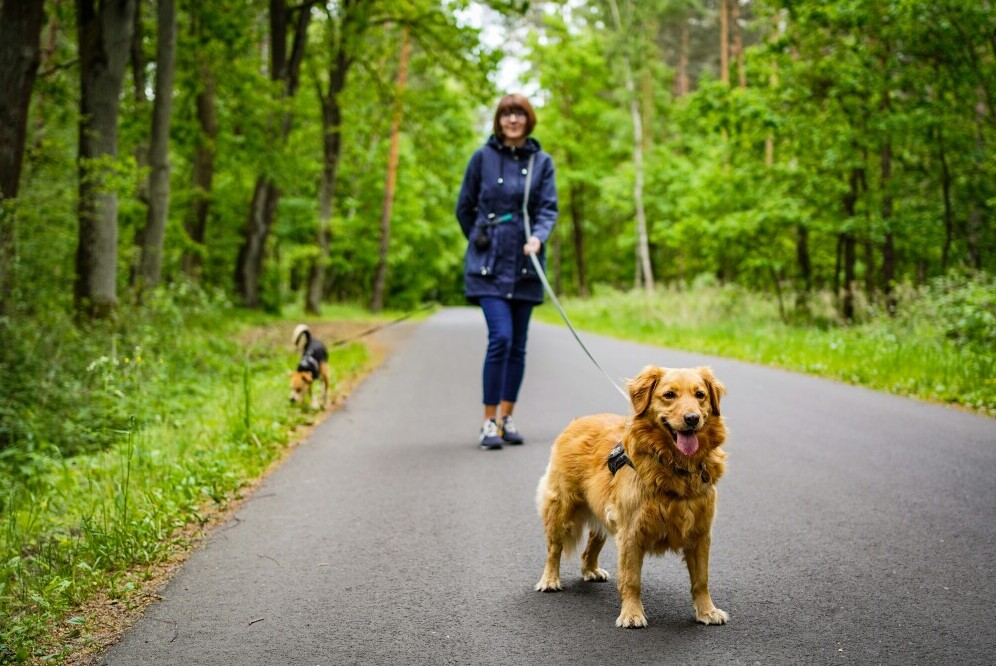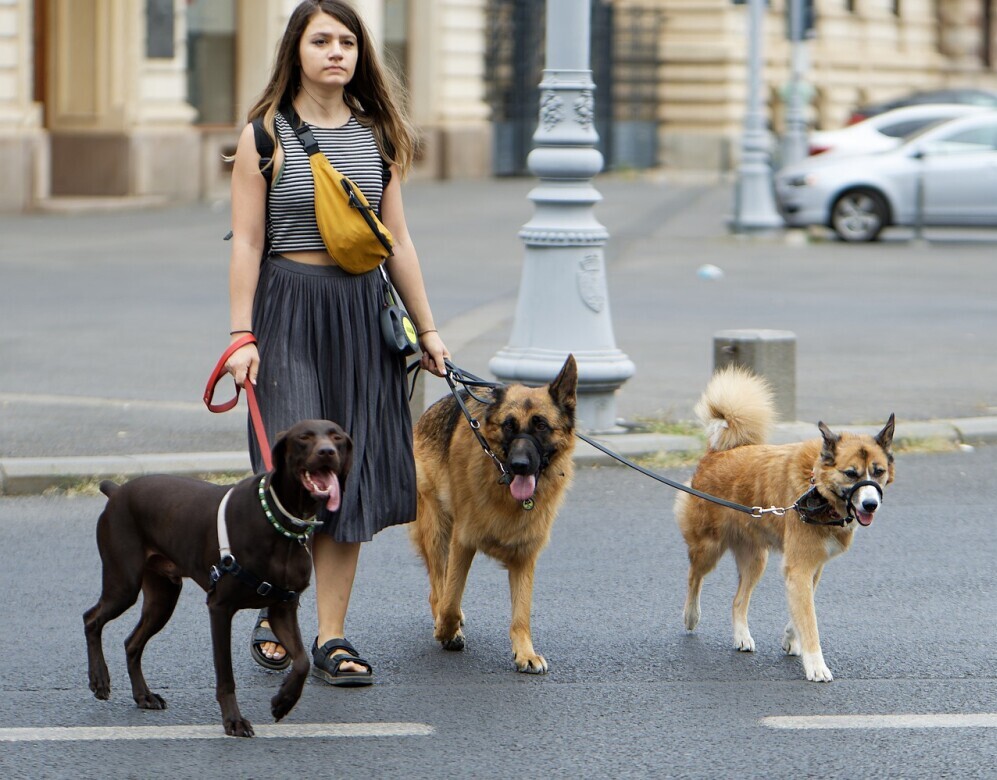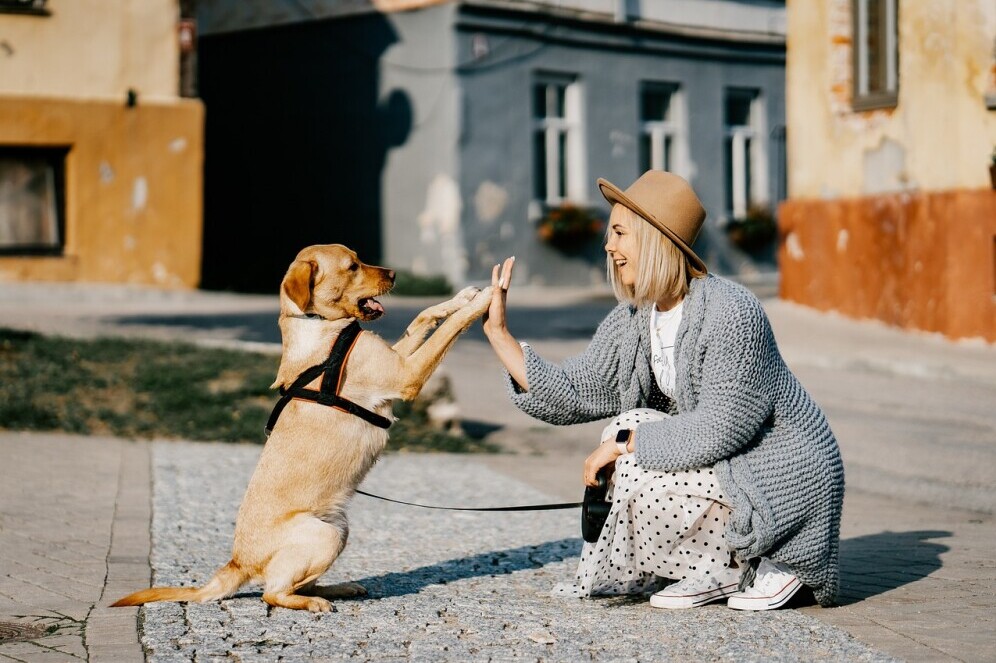Anxiety isn’t just a human thing. Dogs can feel it too, and it can seriously mess with their health and happiness. Just like us, dogs have their worries and stressors. Sometimes, that can lead to them feeling anxious more often than they should.
Spotting anxiety in dogs can sometimes be tricky. They might start chewing on things they shouldn’t, bark excessively, or even become more withdrawn. It’s not just about being in a bad mood; anxiety can lead to changes in appetite, sleep patterns, and even overall health.

Ignoring canine anxiety isn’t an option. Letting it go unchecked could mean a whole lot of stress for your dog, leading to bigger health issues later on. Besides affecting their mental health, prolonged anxiety can contribute to a weaker immune system and potentially shorten their life.
Keeping an eye on your dog’s mental well-being is crucial. Addressing their anxiety helps make sure they stay the happy, tail-wagging companions we know and love. It’s about understanding that mental health is just as important as physical health. Let’s get those tails wagging with some peace of mind!
The Science Behind Daily Walks: How They Help Reduce Anxiety in Dogs
Taking your dog for a walk isn’t just about stretching their legs; it’s a full-on mental health boost. When dogs get their daily dose of exercise, their brains release endorphins, which are those feel-good chemicals we all love. These little mood lifters can help ease anxious feelings and bring that spark back to your furry friend.
But it’s not just about getting those steps in. Walking your dog outside exposes them to different sights, sounds, and smells, stimulating their mind in all the right ways. This change of scenery can help break up the monotony of their day and keep their brain engaged, showing them there’s more to the world than just your living room.
Dogs thrive on routine, and a consistent walking schedule can actually calm many of their nerves. Establishing a set time for walks gives your dog something to look forward to and provides a sense of stability and security. It’s reassuring for them to know what to expect and when.
Understanding these benefits, it’s clear why a simple walk can be such a potent tool in reducing anxiety. More than just physical exercise, it’s therapy for the mind, giving your dog the mental workout they need to stay calm and happy.

Daily Walks as a Tool for Stress Relief: Practical Insights
With everything from boredom to loud noises causing stress, dogs need consistent outlets to manage it. That’s where daily walks really shine. Developing a routine is the first step. Try to keep walks around the same time each day, so your dog can expect it. Dogs love knowing what’s coming next.
Keep an eye on how your pup acts before and after walks. You might notice they seem calmer and less jittery post-walk. These subtle changes speak volumes about how beneficial the simple act of walking can be for their mental health.
Even if they can’t talk, dogs communicate through their behavior. A dog who’s had a good walk often shows it by being more relaxed and less clingy. Less barking, less pacing back and forth, and more couch potato time can all signal that walks are doing their job.
Daily walks offer a lot more than just fresh air. They’re a practical way to contribute to your dog’s mental wellness and lead to overall happier days for both of you. Consider walks a kind of ‘reset’ button for your dog’s mental state, providing an outlet for all that pent-up energy and stress.
Beyond the Walk: Complementary Activities to Enhance Canine Relaxation
Incorporating a mix of activities into your dog’s day can keep them both physically and mentally satisfied. Playtime is a fantastic way to add some joy to their routine. Whether it’s a game of fetch or tug of war, the interaction and activity can boost your dog’s mood.
If you’ve got the space, agility courses are another great option. Running through tunnels and jumping over hurdles isn’t just fun; it’s a chance for your dog to use their brain and their muscles, keeping them engaged and less likely to be anxious.
Swimming is also a delightful alternative. Many dogs love being in the water, and it provides great exercise that’s easy on the joints. Plus, it’s a social activity if other friendly pups are around, promoting positive interactions.
Combining walks with these kinds of exercises doesn’t just offer a physical outlet. It enriches their daily experience and provides much-needed mental stimulation. Keeping things varied encourages excitement and keeps those anxious feelings at bay.
Variety is key to a happier pooch. Trying different activities ensures your dog doesn’t get bored and stays mentally balanced, which is crucial to preventing anxiety.
Frequency Matters: How More Frequent Walks Contribute to Lower Anxiety Levels
Dogs aren’t all the same, and each one might need a different amount of walking time. For some, just one walk a day won’t cut it. More frequent walks can make a difference, helping to keep anxiety levels low and spirits high.
Mixing in shorter walks throughout the day can give even more benefits. These little adventures might help break up the day, reducing boredom and keeping anxiety at bay. Like us, dogs enjoy having breaks from routine activities.
Consider your dog’s age, breed, and overall health when planning out a walking schedule. Younger, more active dogs might appreciate more frequent jaunts, while older ones might prefer slower, shorter trips that don’t wear them out.
Case studies have shown that dogs with more active routines often experience less anxiety. Through regular outings, they find new things to explore, meet new friends, and simply get a change of scenery from the usual indoors.
Taking time to understand your dog’s unique needs can ensure they get the right amount of physical and mental activity. Paying attention to their reactions and adjusting routines as needed keeps them healthy and happy.

Implementing an Effective Routine: Tips for Dog Owners
Creating a structured routine for your dog is like building a foundation for their mental and physical wellness. Set realistic goals based on your dog’s specific needs. Whether it’s increasing the duration of walks or the variety of activities, tailor things to suit your pet.
Picking the right environment for walks and exercise is also vital. Busy streets might be stimulating for some dogs but overwhelming for others. Opt for places where your dog can explore safely and comfortably. Parks and open spaces offer great opportunities for casual sniffing and playing.
Involve the whole family in active play sessions. This not only strengthens bonds but also allows for more diverse experiences for your dog. Everyone in the household can take turns walking or playing, making it fun for both the dog and the humans involved.
Don’t hesitate to consult with your vet when customizing an exercise regimen. They can provide insights based on your dog’s health that you might not have considered. Professionals can guide on how much exercise is healthy, what signs to look out for, and when to make adjustments.
By being mindful and intentional in planning your dog‘s routine, you create a balanced environment that’s conducive to reducing anxiety, enhancing their overall quality of life.
